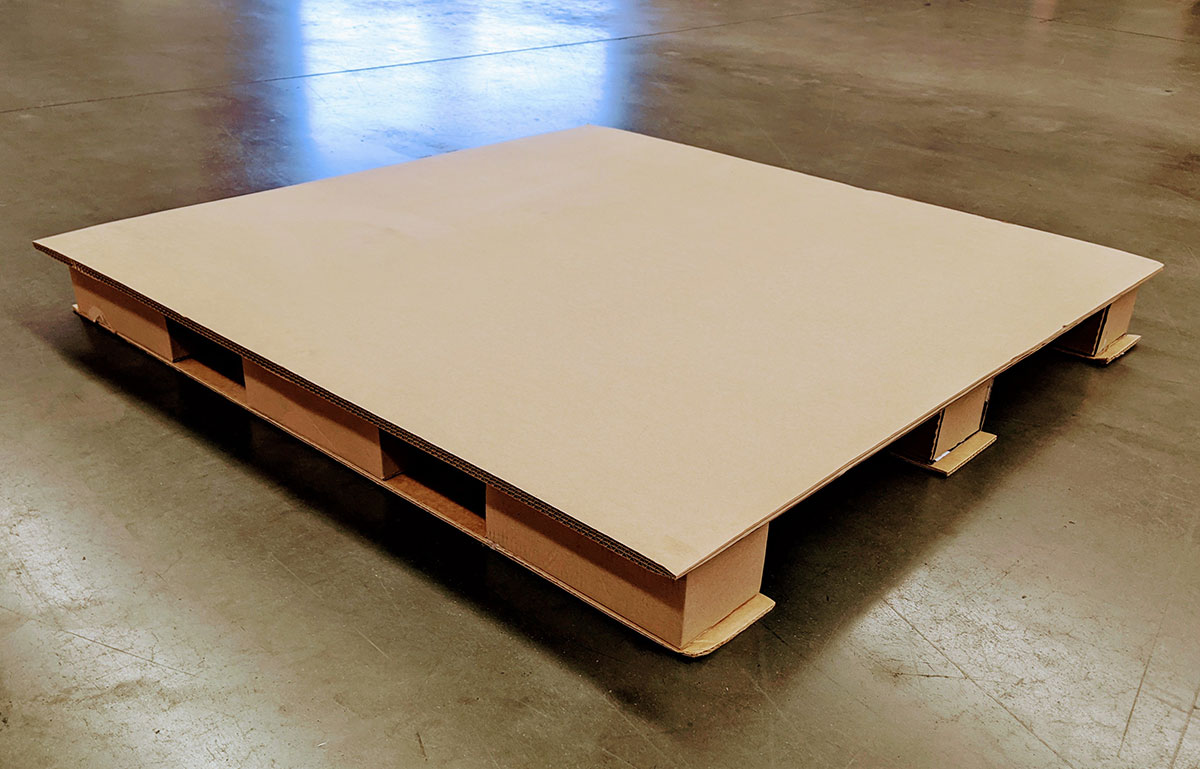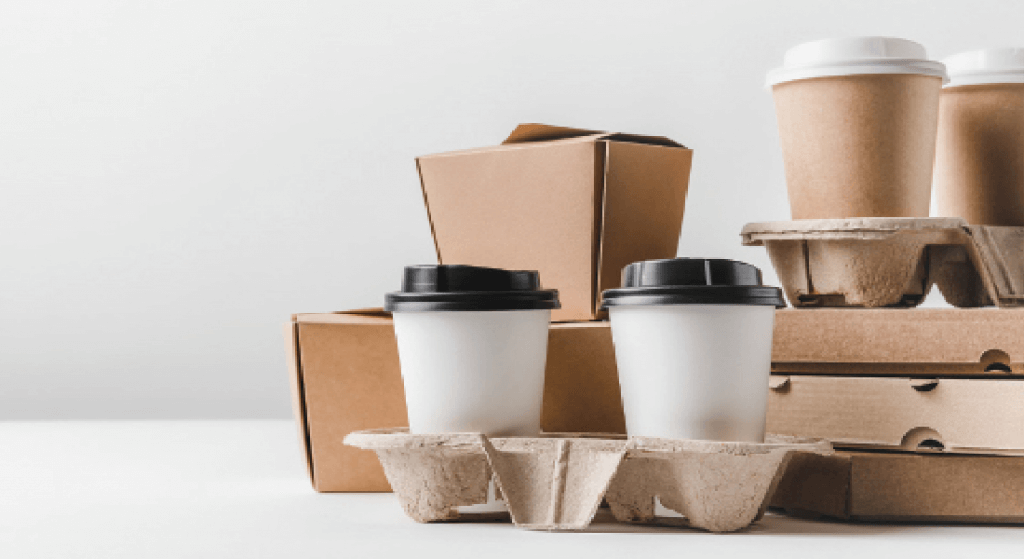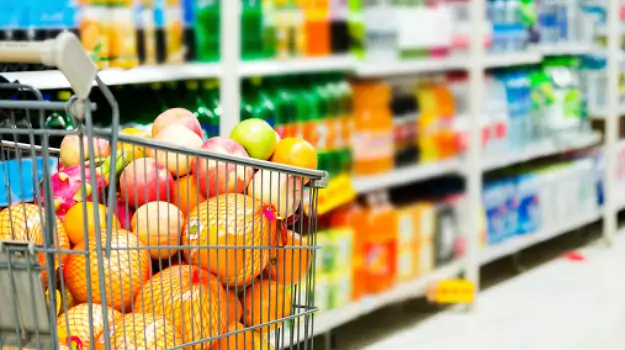American consumers are increasingly embracing bagged packaged goods. This packaging format has many advantages over other packaging options, like cans and containers. Bags can be made of a variety materials including cloth, plastic, or paper. They can also be easily stored and are lightweight.
Bags can hold almost any type or food product. Consumers can also easily access the contents of the bag. It is easy to find the right amount of food, without taking the whole package.
Bags can also be recycled and composted, making them more eco-friendly than other packaging. Bags can be tailored to meet the individual needs of the customer.
When purchasing bagged packaged goods, there are some things that you need to remember. Make sure that the packaging is intact. To ensure that the product is fresh, you should also check the expiration date. Finally, make sure you read the ingredients list.
Bagged packaged goods are a great way of saving time and money at the grocery shop. However, you should inspect the packaging for damage and verify the expiration date before buying.
Americans love convenience. Our preference is for food that’s quick, convenient, and in a bag. The bagged packaged goods sector offers a wide range of pre-packaged products, including chips, cookies, salads, and frozen meals.
The market for bagged packaged goods continues to grow. According to Packaged Facts (a market research firm), 2017 sales of packaged foods in the United States reached $795 billion. This is an increase of $767 billion from 2016. According to Packaged Facts, the market is expected to reach $854 million by 2022.
This growth is what? There are many factors that contribute to this growth, such as busy lifestyles, increasing use of delivery and take-out services, and growing demand for healthier foods.
Also Read: Which sport has been played on the moon?
Types of bagged packaged goods
Different brands of packaged foods require different packaging materials. The most common materials include:
- Aseptic Processing
- Bags
- Boxes
- Cans
- Cartons
- Flexible packaging
- Pallets
- Trays
- Wrappers
ASEPTIC PROCESSING
Aseptic processing is a method to prevent the growth and spread of microorganisms in food. This involves heating food and sealing it in an airtight container. This seals out bacteria and makes the food safe to eat. This is used to process processed foods such as juices and canned goods.
- Milk
- Drinkable products containing milk
- Liquid eggs
- Foods that are processed require long preservation times
BAGS

American consumers went grocery shopping nearly 300 times per month. They spent an average of $85 on groceries each time. This is a lot of money for food, especially considering that most of it was likely spent on prepackaged foods in bags.
For many reasons, bagged packaged goods are very popular with consumers. These products are convenient and easy-to-use. They often come with clear and simple labels that clearly indicate what is inside.
There are however some disadvantages to shopping for groceries in this manner. Bagged goods can be more expensive than non-packaged products.
Bags can be used to carry food such as:
- Chips and pretzels are good snacks.
- Fruits and vegetables like potatoes and apples
BOXES
A typical American consumes sixty-six pounds worth of packaged, boxed, and bagged goods per year. This is a lot of packaging. It’s not just food packaging. All things, from cereal to laundry detergent, come in bags, boxes, or packages.
Packaging is not only designed to protect food products and other products. It also serves a marketing function. Packaging’s colorful designs and catchy slogans are intended to make us want more than we need.
All that packaging is bad for the environment. All those boxes, bags, or packages require energy and resources. Then there is the problem of the waste stream. Many of the packaging can be recycled, or composted. However, many of it cannot.
These are commonly used in foods such as:
- Cereal
- Frozen pizza
- Snack crackers
CANS
According to MarketsandMarkets, the global metal packaging market will reach $135 billion in 2021. Market growth is expected to be 4.8% between 2016 and 2021.
Bagged packaged goods make it easy to buy food. The food is placed in a bag, then wrapped in cardboard. This packaging is commonly used for canned foods. The bag is protected from damage and the food remains clean. Bagged packaged goods can be stored and transported easily.
Cans are used primarily to pack food and beverages. Cans are being used more often to pack household goods, such as pharmaceuticals, cosmetics and household items. Cans can be used to extend the shelf life and protect the product from contamination. Cans are light and easy to transport from one place into the next.
Cans can be used to make a variety of foods such as
- Vegetables
- Get a glass of water
- Fruit
- Soup
- Meat
- Gravy
CARTONS

Carton-based packaging is not new. However, it’s fast becoming one of most popular ways to package everything, from food to clothes. There are many benefits to cartons: They’re lightweight and durable, recyclable, and easy to recycle. You can also market your product using vibrant colors and graphics.
Carton’s ability to protect goods while being shipped is one of their greatest advantages. They are strong and resistant to crushing, so they can withstand heavy wear and tear. This makes them great for shipping fragile items. You can make your cartons water-tight or airtight. This is great for packaging food and other items that are susceptible to moisture or exposure.
It is increasing in popularity to use cartons to bag packaged goods. Cartons are considered more sustainable than plastics and other packaging options. Cartons can also be seen as a premium option that can increase sales. You can also recycle cartons multiple times.
There are many styles of food packaging, including
- Egg cartons
- Aseptic cartons
- Folding cartons
- Gable-top cartons
Flexible Packaging
Flexible packaging is the latest trend in packaging. The advancement of technology has given rise to more design options and allowed manufacturers to be more creative in their packaging designs. This is great news as brands can find new ways to appeal to customers and stand out on the shelves.
Flexible packaging uses less material than rigid packaging. This is one of its main advantages. Flexible packaging is lighter than traditional rigid packaging, and can be shipped and stored in smaller quantities. This can help reduce overall costs. It is also easier to assemble, which can result in shorter production times.
Flexible packaging can also be made from recycled materials, making it environmentally friendly. It is also biodegradable, so it will not sit in landfills for many years.
PALLETS
PALLETS

Lack of pallets can lead to a company losing money. Pallets are required for the shipment goods in bagged and packed form. Companies will have to pay more for logistics and other costs if pallets aren’t used. Pallets make it easier to move goods and increase efficiency.
TRAYS

Our economy is a big part of the use of tray packaged goods. Tray packaging has many advantages over other packaging. Tray packaging is light and portable, making it an ideal choice for small items like cosmetics and snacks. You can also have a higher level of product visibility which increases sales and makes items easier to spot on shelves. Tray packaging is durable and can withstand damage. It is ideal for products that must be transported or stored in extreme conditions.
They are made to preserve the food’s quality and keep it cold. The trays make it simple for employees to quickly stock shelves.
Plastic trays are a common choice in grocery stores. They can be washed easily between uses. Metal trays are also available, but they can be more durable and more expensive.
These food items are a benefit of:
- Drinks
- Meat
- Plant seeds
WRAPPERS
WRAPPERS

To prevent items getting wet or dirty, bags are usually wrapped in plastic. Bags are sealed with airtight seals to ensure that the contents stay fresh. This packaging is used for both food products, such as fruits, vegetables, and non-food items such as pet food and laundry detergent. Wrapping products in plastic can be harmful to the environment. Others argue that plastic wraps are better than leaving items exposed to the elements.
Saran wrap and other wrappers can leach chemicals into food. Plastic wrap is made from polyvinyl chloride, which can contain toxic chemicals such as dioxins or phthalates. These chemicals can leach into food and get out of plastic wrap.
These are used to create specific items, such as
- Candy
- Granola bars
There are three options when it comes to grocery shopping: you can go to the store to pick out the items, order online and have it delivered to your home, or visit a local convenience store. This is the most convenient option. It’s quick, easy, and you can get almost anything you need. What are your options for bagged packaged goods, however?
When looking for bagged packaged goods, there are several things you should consider. First, size. How much do you require? Next, consider packaging. Is it resealable. What quality do you want?
When looking for bagged packaged goods, there are several things you should consider. First, size. How much do you require?
It is estimated that the United States uses more than 10 million bags each year to package groceries. This is approximately 330 bags per person. Although plastic bags are being increasingly charged at grocery stores, paper bags continue to be popular.
The average American throws away 65 pounds worth of packaging waste every year. This costs $11.8 billion per year. Many communities have begun to tax or ban certain types of packaging in an attempt to decrease this waste.
Although paper and other biodegradable material are considered more eco-friendly, they can be more costly and take up more landfill space. Plastic bags on the other side are lighter and can take hundreds of year to decompose.
Food Packaging Plastic Bags
Plastic Bags
Plastic bags are the most popular type of food packaging. Plastic bags come in many sizes and have a wide range of closure options. Some bags can only be used once, while others can last multiple times.
Your needs will determine the type of plastic bag that you choose. A polyethylene bag is a good choice if you are looking for lightweight, durable bags. A polypropylene bag is the best choice if you want a bag that will withstand heat and moisture.
There is a bag for every type of food packaging.
There’s 3 types of plastic bags that can be used for food packaging:
1. High Density Polyethylene, (HDPE),
HDPE is a plastic used in packaging. This plastic is durable and strong, making it an excellent choice for this purpose. HDPE is also resistant against chemicals and moisture making it an excellent choice for packaging items that are likely to be exposed to the elements. HDPE can also be recycled, meaning it can be reused many times.
2. Low Density Polyethylene, (LDPE),
Many products’ shelf lives are affected by packaging. Many products are packed in materials that allow air circulation and movement to preserve freshness. Low density polyethylene, or LDPE, is one such material. Because it is light and allows for air flow, LDPE is commonly used to bag packaged goods. LDPE is also resistant to moisture, which keeps products dry. Although LDPE is not as durable as other packaging materials but it’s a cost-effective option for many items.
3. Linear low density polyethylene (LLDPE).
Bagged packaged goods are an integral part of our daily lives. Bags are essential for keeping our groceries, clothes, and other goods safe and contained. You need to be familiar with the various materials that are used in bagging, so you can make the right choice for your needs.
LLDPE, or linear low density polyethylene is a common material for bagging. LLDPE, a soft plastic with good durability and a relatively simple to use, is a great choice for bagging. LLDPE is used for bags in grocery stores and other retail outlets. LLDPE bags can also be used to package perishable items.
4. Polypropylene, (PP)
Polypropylene (PP), a plastic used for packaging and bags, is an example of this type of plastic. PP is strong, durable and a great choice for products that will need to be stored or transported. PP is lightweight which helps to lower shipping costs. PP packaging and bags are also water-resistant which can protect the product inside.
Benefits of bagged packaged goods
Bagged Packaged Goods
It is easy to transport
For those who are constantly on the move, bagged packaged goods are a must-have. These bags are lightweight and easy to transport. Bags make it easy to pack food for work and take with you on a trip. You can also keep your food fresh by using bags with built-in closures.
Reusable
It’s vital to be conscious of the environment in this modern age. Reduce the amount of waste that we produce is one way to achieve this. You can do this by purchasing packaged goods in reusable bags and not in disposable bags.
You can find bags for packaged goods in many sizes and shapes. They can be purchased at your local shop or online. You can find them in a variety materials like cloth, paper, and plastic. Some of them are biodegradable.
Reusable bags can be a great way of reducing the amount waste you produce each week. Reusable bags not only help the environment but can also help you save money. Reusable bags are generally cheaper than disposable bags and last for longer.
Food safety
Bags that are packaged with food provide extra protection. The bag protects food from moisture and pests that can cause damage or contamination. The bag also traps air around food to help keep it fresh. This is particularly important for perishable items such as meat and produce.
Thank you for reading.








